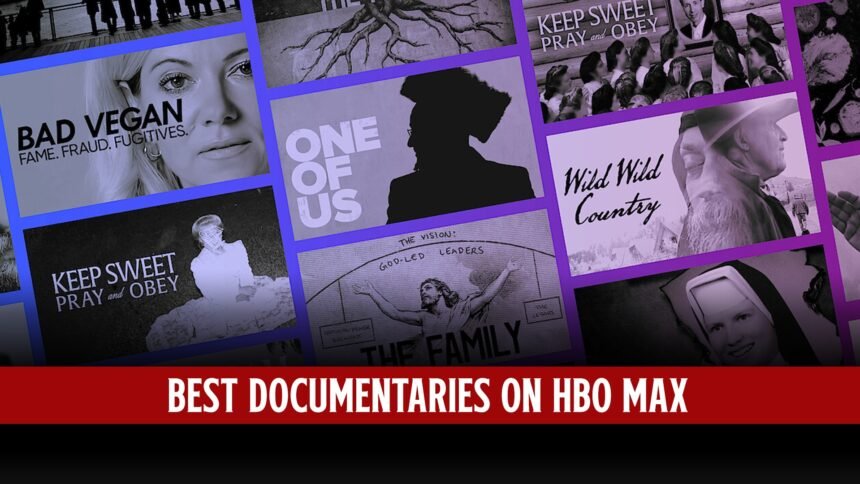The COVID-19 pandemic undeniably reshaped the global landscape, yet the essence of business travel endures as a fundamental component of corporate operations. Business travel remains integral to commercial enterprises, Whether for inter-office visits, client meetings, conferences, training, or partnership negotiations.
Companies subsidize such trips, and management consistently seeks to promote financially prudent travel practices. To this end, numerous enterprises have established structured business travel savings plans.
1. Leveraging Corporate Discount Programs

One avenue to realize substantial corporate travel savings is collaborating with platforms that facilitate customizable booking experiences. Corporate discount programs empower companies to forge a tailored, in-house travel booking platform with brand identity elements.
This bespoke portal grants access to wholesale rates on accommodations, car rentals, and more, ensuring a reduction in travel expenses. Furthermore, it facilitates the efficient tracking of employees’ travel records, enhancing cost management.
2. Embrace Date Flexibility

Optimizing cost savings in business travel mandates flexibility with trip dates. Employing a strategic approach to date selection can yield significant price differentials. Employees should be encouraged to propose multiple date options, affording managers greater flexibility in choosing the most budget-friendly travel window.
3. Crafting a Comprehensive Travel Policy

Instituting a comprehensive travel policy is a cornerstone of effective cost control. This document outlines business travel standards and guidelines, promoting consistency and financial prudence.
Elements of a robust travel policy include trip approval procedures, criteria for ticket class selection, acceptable lodging and car rental options, daily expense limits, and the issuance of company credit cards or reimbursement procedures. Given the evolving nature of business, periodic revisions to the policy are imperative to stay aligned with organizational needs.
4. Effective Travel Expense Tracking
![]()
Implementing a robust travel expense tracking system empowers companies to monitor expenditure trends. By identifying areas of high expenditure, such as airfare, lodging, rental cars, or incidental airport costs, organizations can identify opportunities for savings.
5. Encouraging Shared Transportation

A vital cost-cutting strategy involves promoting shared transportation among employees traveling on the same day and from the same location. Employers can offer rental cars or shuttle services to minimize airport parking expenses. Encouraging employees to travel to the same destination to share a rental car further reduces costs, ensuring adherence to this practice becomes a standard within the corporate travel policy.
6. Budget Incentives for Responsible Spending

Maintaining a clear and predefined travel budget for each trip is essential. This budget should encompass expenses related to flights, accommodations, car rentals, and meals. To incentivize responsible spending, companies may consider offering bonuses or incentives to employees who consistently adhere to budget constraints, fostering a culture of cost consciousness.
7. Streamlined Approval Process

Establishing an efficient trip approval process that scrutinizes trip expenses, including on-site costs, ensures employees are well-informed and aligned with budgetary constraints. Clarity and simplicity in this process enable employees to plan effectively and contribute to cost-control efforts.
8. Booking in Advance

Booking travel well in advance affords organizations access to more favorable rates and flexibility for modifications if required. While last-minute travel may be inevitable in some circumstances, advanced planning should be encouraged as a standard practice.
9. Avoiding Airport Parking Fees

Airport parking fees can significantly impact travel costs. Employers can mitigate this expense by offering airport shuttle services, reducing the need for parking. This saves money and enhances the overall travel experience for employees.
10. Utilizing Travel Rewards Credit Cards

Companies may consider providing employees with travel rewards credit cards to augment cost-cutting efforts further. These cards offer rewards in the form of cashback or travel discounts for expenses related to flights, accommodations, car rentals, and dining. Setting spending limits on these cards ensures adherence to budgetary constraints.
Conclusion

Efficiently managing business travel expenses is paramount in today’s corporate landscape. By implementing these ten strategies, organizations can optimize cost control efforts, foster financial responsibility among employees, and maintain the essential practice of business travel. Refining these approaches will ensure adaptability to evolving business needs and market dynamics.













